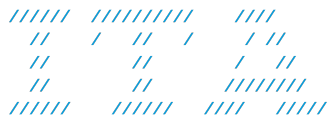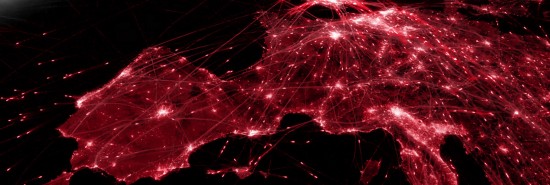Intuitively Analysing Design Ideas
The goal of this course is to introduce various data mining techniques for design and urban planning applications. Students will learn how to select relevant data sources and collect their own data using a “sensor backpack”. Various methods will be applied to a common project to evaluate the predominant influencing factors of the urban environment on our perceptual experiences. A select neighborhood in the city will be used as a case study. Final results will be presented in the last class.
The course will start with an initial overview to data mining and the relevant mathematics as well as an introduction to the programming tool (RStudio). Then students will learn how to use and interpret results from a machine-learning tool to cluster self-made design sketches, which automatically generate qualitative collages. Finally, students will collect data using a “sensor backpack” with environmental sensors such as noise, temperature, illuminance, and air particulates. Students will also generate the data for perceptual quality in this neighborhood through time-stamped and geo-referenced surveys and biofeedback wristbands. Students will be given a work-flow to collect, process, analyze and interpret this data which may be used in their final projects.
Room & Timeslot:
HIT H12 on Mondays from 10:00 to 12:00
Supervision:
Requirement: Former knowledge of any digital tool or coding language is most welcome but NOT required at all. You only need to provide a reasonable amount of motivation and of course a notebook.



